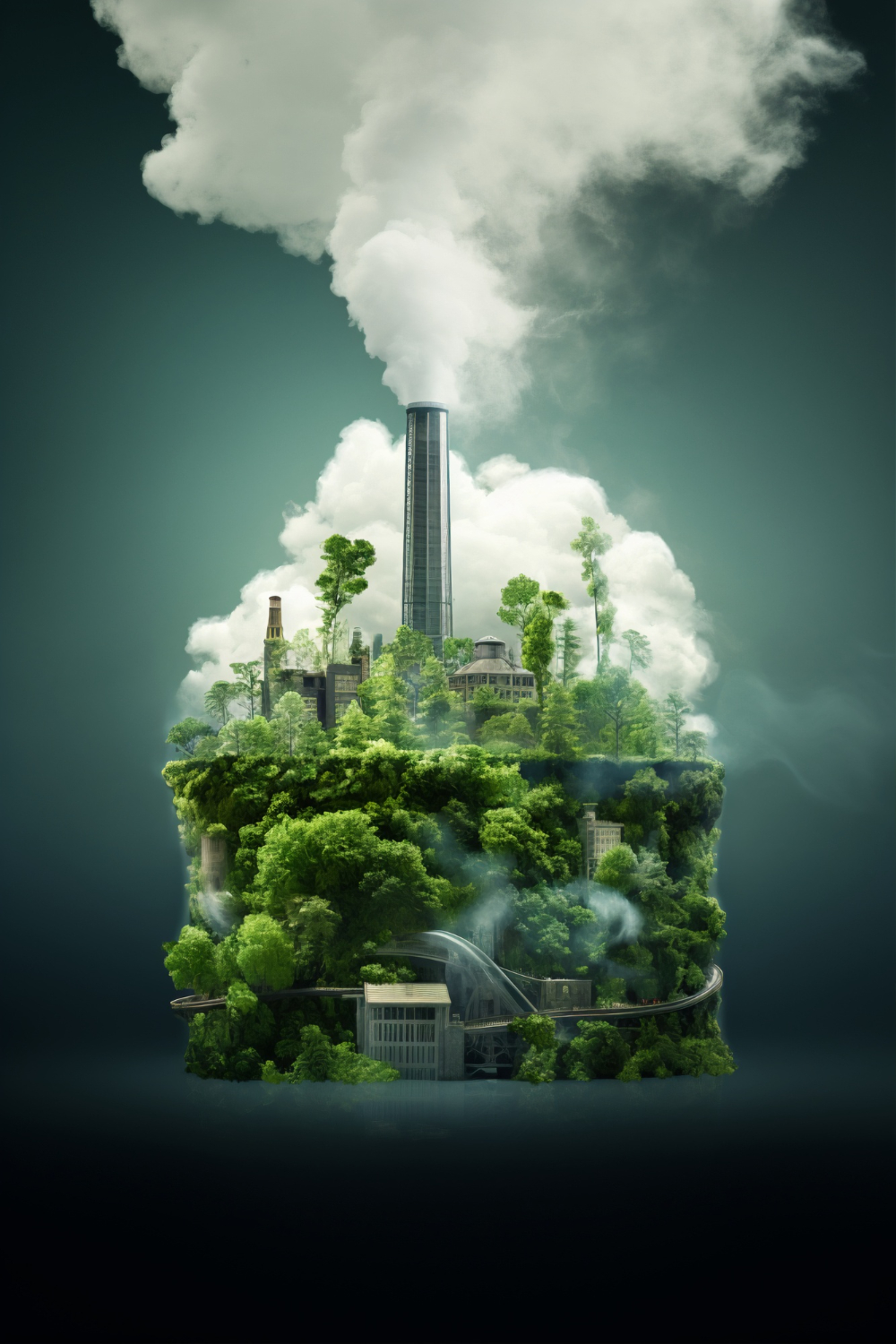Arctic Ice Meltdown: The Unseen Cost of Climate Change
In September 2020, the Arctic sea ice reached its second-lowest extent since records began, covering only 3.74 million square kilometers. This dramatic decline is a stark indicator of climate change, largely driven by the persistent warming from greenhouse gases. The impact on the natural world has been profound; polar bears, reliant on sea ice for hunting, face diminishing habitats, threatening their survival.
 Source: Andy Lee Robinson, CC BY-SA 3.0
Source: Andy Lee Robinson, CC BY-SA 3.0
The geopolitical landscape is shifting as nations vie for control of new shipping routes opened by melting ice. In 2021, the Northern Sea Route saw unprecedented traffic, indicating a future where the Arctic might become a significant global trade corridor. This has sparked territorial disputes over resource-rich areas, complicating international relations.
Economically, the melting ice presents both opportunities and risks. While new trade routes promise reduced shipping costs, the fragility of Arctic infrastructure poses threats. As permafrost thaws, pipelines and roads risk collapse, jeopardizing investments worth billions. By 2030, increased shipping could further stress the Arctic ecosystem, exacerbating wildlife threats.
The Arctic's transformation serves as a cautionary tale of climate change's reach. If warming trends continue, we could see ice-free summers by the 2030s, with global repercussions including altered weather patterns and rising sea levels. The urgency to address climate change has never been more apparent.







